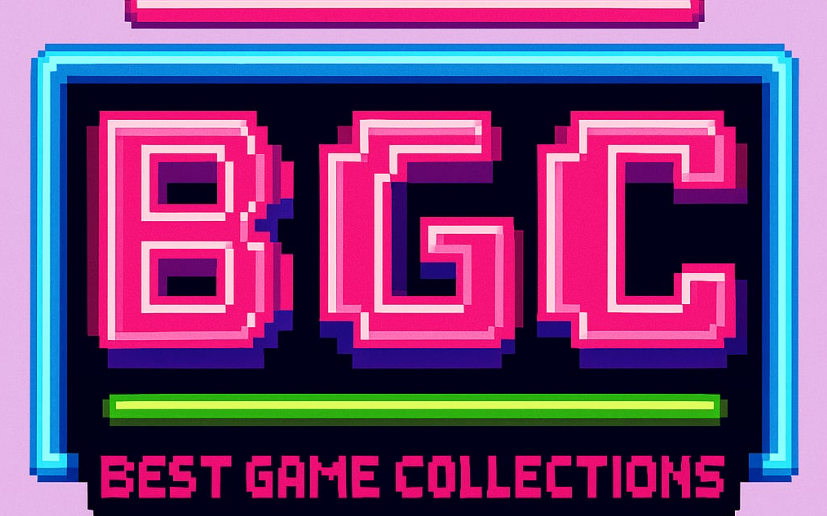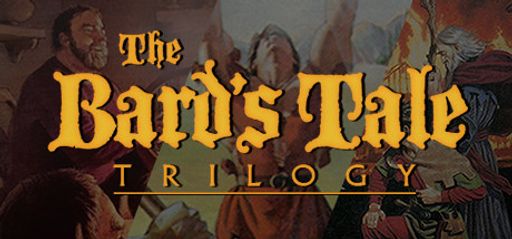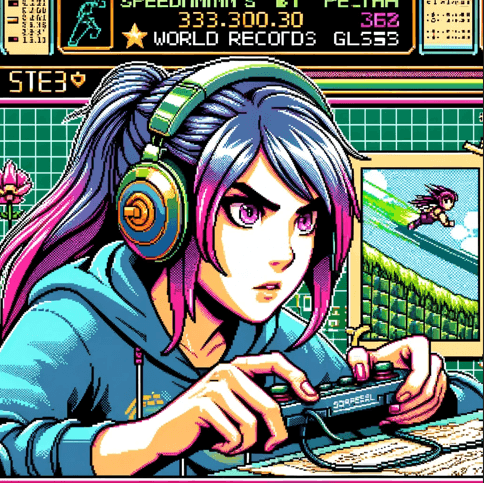 Hey everyone! Let’s kick this off. The Bard’s Tale Trilogy, made by Krome Studios and published by inXile Entertainment, offers a bold mix of classic dungeon crawling and modern updates. I love the in-game automapping and responsive controls that let me race through dungeons with precision. Additionally, some critiques mention tedious trap puzzles, but I see them as extra layers to master for speedrun challenges. I’m all about shaving seconds off my time through clever item use and level design.
Hey everyone! Let’s kick this off. The Bard’s Tale Trilogy, made by Krome Studios and published by inXile Entertainment, offers a bold mix of classic dungeon crawling and modern updates. I love the in-game automapping and responsive controls that let me race through dungeons with precision. Additionally, some critiques mention tedious trap puzzles, but I see them as extra layers to master for speedrun challenges. I’m all about shaving seconds off my time through clever item use and level design.
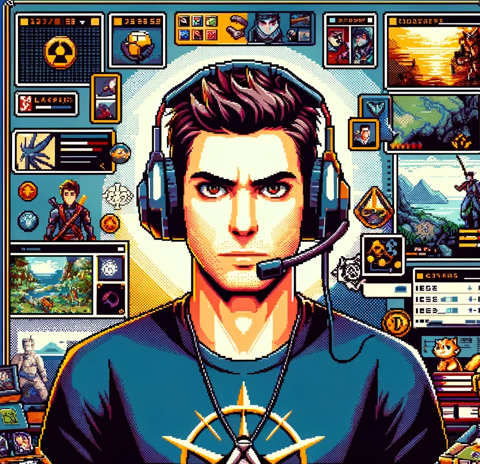 I agree, SpeedyGamer99. Also, I appreciate every nook and cranny in The Bard’s Tale Trilogy. The detailed remaster of all three classic titles lets me explore side quests and collectibles with passion. The improved inventory management makes planning rewarding. Despite some floors feeling repetitive, the extra grind gives me a challenge and a chance to thoroughly document every secret.
I agree, SpeedyGamer99. Also, I appreciate every nook and cranny in The Bard’s Tale Trilogy. The detailed remaster of all three classic titles lets me explore side quests and collectibles with passion. The improved inventory management makes planning rewarding. Despite some floors feeling repetitive, the extra grind gives me a challenge and a chance to thoroughly document every secret.
 I share your enthusiasm. As someone who dives into open worlds, I find the adventure in this remaster very engaging. In addition, the streamlined gameplay and optional quality-of-life changes help me unlock hidden secrets faster. I like that I can replay the experience on legacy mode for that classic late ’80s vibe. The game’s design reminds me of other old-school RPGs like Daggerfall, but with an updated twist that is both fun and adventurous.
I share your enthusiasm. As someone who dives into open worlds, I find the adventure in this remaster very engaging. In addition, the streamlined gameplay and optional quality-of-life changes help me unlock hidden secrets faster. I like that I can replay the experience on legacy mode for that classic late ’80s vibe. The game’s design reminds me of other old-school RPGs like Daggerfall, but with an updated twist that is both fun and adventurous.
 I appreciate the depth in gameplay mechanics, too. On top of that, the class abilities, spell mix-ups, and role flexibility make team composition tactical. I admire the strategic nuances in combat and the clear influence of early RPG pioneers. The game’s control system is intuitive, yet it leaves room to experiment with different builds. I like that the developers balanced character roles even if a few mechanics could use refinement.
I appreciate the depth in gameplay mechanics, too. On top of that, the class abilities, spell mix-ups, and role flexibility make team composition tactical. I admire the strategic nuances in combat and the clear influence of early RPG pioneers. The game’s control system is intuitive, yet it leaves room to experiment with different builds. I like that the developers balanced character roles even if a few mechanics could use refinement.
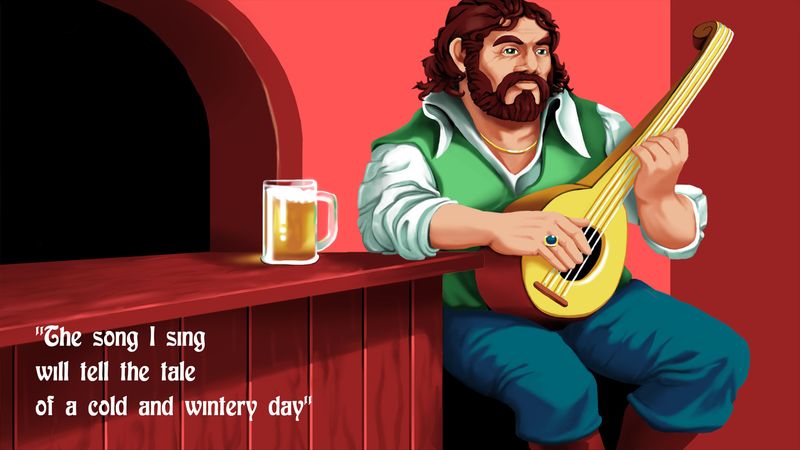
 The mechanics are tight. Likewise, I love how the controls let me combo bard songs and spells for efficient runs. The instant inventory actions and improved mapping are game changers. I’ve seen similar design choices in quick-play titles like Legend of Grimrock, but here they shine with nostalgic flair.
The mechanics are tight. Likewise, I love how the controls let me combo bard songs and spells for efficient runs. The instant inventory actions and improved mapping are game changers. I’ve seen similar design choices in quick-play titles like Legend of Grimrock, but here they shine with nostalgic flair.
 Let’s talk story and narrative. In particular, the game’s quest to rescue a city, reforge the Destiny Wand, and traverse time is classic. I love that you can craft your heroic story from start to finish. The narrative may feel straightforward compared to modern epics, but it honors its 1980s roots. Developer interviews emphasize authenticity and fun over overly complex plots.
Let’s talk story and narrative. In particular, the game’s quest to rescue a city, reforge the Destiny Wand, and traverse time is classic. I love that you can craft your heroic story from start to finish. The narrative may feel straightforward compared to modern epics, but it honors its 1980s roots. Developer interviews emphasize authenticity and fun over overly complex plots.
 The storyline hooks me with its adventure and nod to early RPG legends. At the same time, I enjoy how lore details and environmental clues merge to build an immersive dungeon crawl. The dialogue feels trimmed yet friendly. It reminds me of early computer RPGs that made every discovery a pleasant surprise.
The storyline hooks me with its adventure and nod to early RPG legends. At the same time, I enjoy how lore details and environmental clues merge to build an immersive dungeon crawl. The dialogue feels trimmed yet friendly. It reminds me of early computer RPGs that made every discovery a pleasant surprise.
 Story pacing here is interesting. At the same time, the developers balance challenging dungeon runs with intermittent narrative moments. The dialogue is concise and helps you understand character roles quickly. Early cutscenes and lore entries add personality without slowing down the gameplay. They even include hints of deeper backstories for the party members.
Story pacing here is interesting. At the same time, the developers balance challenging dungeon runs with intermittent narrative moments. The dialogue is concise and helps you understand character roles quickly. Early cutscenes and lore entries add personality without slowing down the gameplay. They even include hints of deeper backstories for the party members.
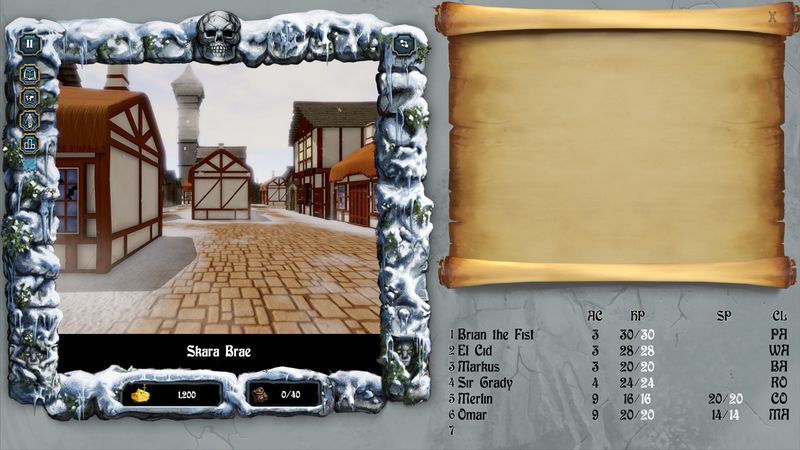
 Visually, I’m impressed by the remastered graphics. In addition, the art direction respects the classic style while adding clearer details. Krome Studios updated the old-school pixelated charm with smoother animations. The uniform art design across all three titles is a treat on modern displays. I detected a few nods to other retro classics in the color palettes.
Visually, I’m impressed by the remastered graphics. In addition, the art direction respects the classic style while adding clearer details. Krome Studios updated the old-school pixelated charm with smoother animations. The uniform art design across all three titles is a treat on modern displays. I detected a few nods to other retro classics in the color palettes.
 The visuals evoke nostalgia with refreshing clarity. At the same time, the remaster uses a modern engine that brings vibrant colors and polished animations. I found that the design elements serve both practical and aesthetic purposes, like automapping and easy-to-read bestiary entries. It bridges old-school looks with new technology smoothly.
The visuals evoke nostalgia with refreshing clarity. At the same time, the remaster uses a modern engine that brings vibrant colors and polished animations. I found that the design elements serve both practical and aesthetic purposes, like automapping and easy-to-read bestiary entries. It bridges old-school looks with new technology smoothly.
 The graphics work well for an immersive dungeon crawl. Also, I love the authentic vibe in the design. The game rarely struggles with performance on my rig, thanks to Krome Studios’ optimization work. The visuals pull me into the atmosphere of danger, magic, and exploration.
The graphics work well for an immersive dungeon crawl. Also, I love the authentic vibe in the design. The game rarely struggles with performance on my rig, thanks to Krome Studios’ optimization work. The visuals pull me into the atmosphere of danger, magic, and exploration.
 The artistic direction is clever. Plus, it respects the original design while modernizing textures and lighting effects. The balance between nostalgic art and modern clarity enhances gameplay. I appreciate how the updated animations align with the game’s combat style, keeping things fluid and engaging.
The artistic direction is clever. Plus, it respects the original design while modernizing textures and lighting effects. The balance between nostalgic art and modern clarity enhances gameplay. I appreciate how the updated animations align with the game’s combat style, keeping things fluid and engaging.
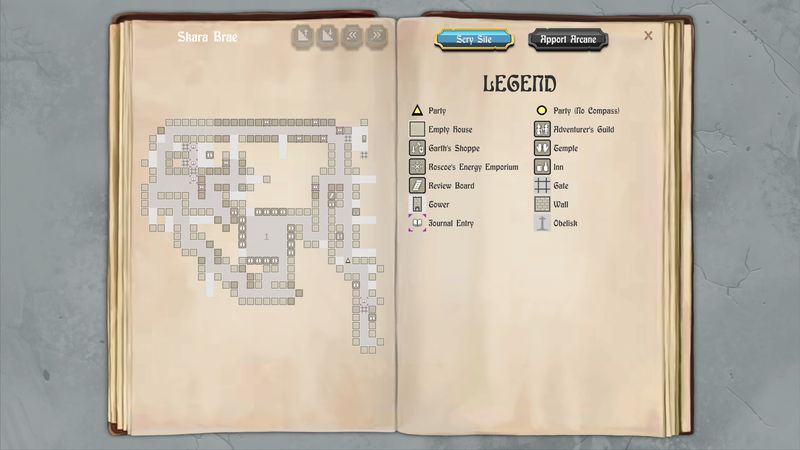
 Let’s not forget audio and sound design. On the audio side, the soundtrack mixes retro-inspired tunes with modern production. I enjoy the upbeat rhythm during fast-paced battles. Sound effects give clear feedback on traps and spells. The audio cues help me stay focused during my speedrun attempts.
Let’s not forget audio and sound design. On the audio side, the soundtrack mixes retro-inspired tunes with modern production. I enjoy the upbeat rhythm during fast-paced battles. Sound effects give clear feedback on traps and spells. The audio cues help me stay focused during my speedrun attempts.
 I agree on the sound design. Similarly, the in-game music and ambient sounds enrich the dungeon exploration experience. I get immersed in the mood when the sound guides me through eerie corridors. A few voice clips and character quips add personality without overwhelming the classic dial-up feel.
I agree on the sound design. Similarly, the in-game music and ambient sounds enrich the dungeon exploration experience. I get immersed in the mood when the sound guides me through eerie corridors. A few voice clips and character quips add personality without overwhelming the classic dial-up feel.
 The sound design has small touches that captivate me. Not to mention, the musical score adds energy during battles and calm moments alike. I see clear influences from classic RPG soundtracks and love how intents are conveyed through simple audio cues.
The sound design has small touches that captivate me. Not to mention, the musical score adds energy during battles and calm moments alike. I see clear influences from classic RPG soundtracks and love how intents are conveyed through simple audio cues.
 The rhythmic soundtrack complements the intense gameplay. What’s more, sound effects signal crucial moments in combat, and voice acting helps emphasize dramatic turns. Even if the voiceovers are minimal, they play their role efficiently. This balance is essential for a strategic yet engaging experience.
The rhythmic soundtrack complements the intense gameplay. What’s more, sound effects signal crucial moments in combat, and voice acting helps emphasize dramatic turns. Even if the voiceovers are minimal, they play their role efficiently. This balance is essential for a strategic yet engaging experience.
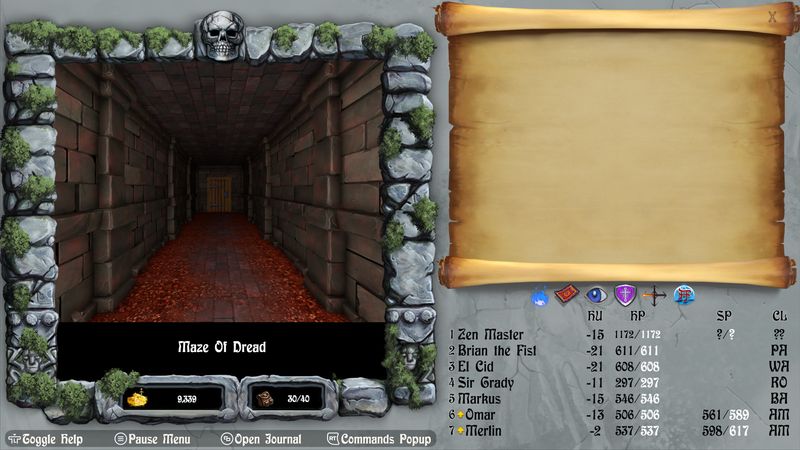
 On characters, the freedom to play as male or female is a great touch. Specifically, every class has distinct traits that can change how you approach a dungeon run. The character arcs are subtle but add charm to repetitive battles. I enjoy unlocking different abilities to speed up runs.
On characters, the freedom to play as male or female is a great touch. Specifically, every class has distinct traits that can change how you approach a dungeon run. The character arcs are subtle but add charm to repetitive battles. I enjoy unlocking different abilities to speed up runs.
 I take pleasure in exploring every character detail. What’s more, each class has a rich backstory and unique strengths. The optional quality-of-life changes, like letting you leave a non-preferred class in a tavern, add depth. This design choice encourages experimentation without ruining the narrative.
I take pleasure in exploring every character detail. What’s more, each class has a rich backstory and unique strengths. The optional quality-of-life changes, like letting you leave a non-preferred class in a tavern, add depth. This design choice encourages experimentation without ruining the narrative.
 Characters feel like old friends who get you through epic battles. Also, I love reading in-game manuals and bestiaries that detail their origins. The design reflects a welcoming diversity that honors the game’s original spirit while offering modern choices. It’s a nod to fans from different eras.
Characters feel like old friends who get you through epic battles. Also, I love reading in-game manuals and bestiaries that detail their origins. The design reflects a welcoming diversity that honors the game’s original spirit while offering modern choices. It’s a nod to fans from different eras.
 The cast is diverse and strategically balanced. In addition, character development is clear, with each role contributing to the overall mission. Their unique traits influence decision-making during tough encounters, making each run feel fresh. I appreciate having options for different playstyles and tactics.
The cast is diverse and strategically balanced. In addition, character development is clear, with each role contributing to the overall mission. Their unique traits influence decision-making during tough encounters, making each run feel fresh. I appreciate having options for different playstyles and tactics.
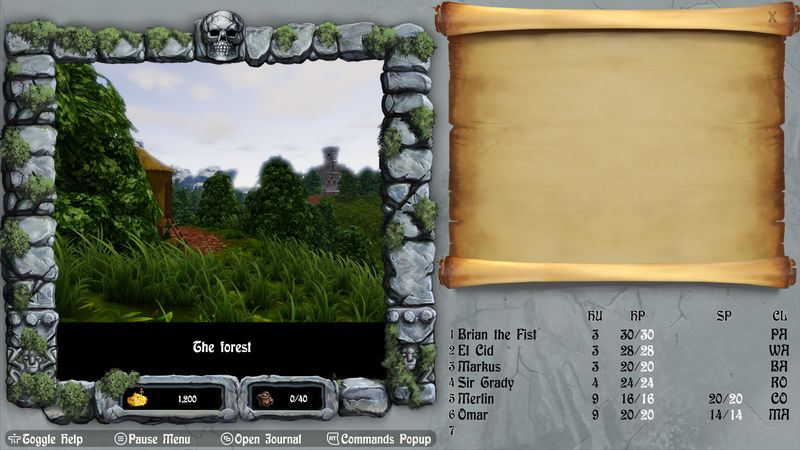
 Moving on to challenge level: the game offers intense combat and tricky puzzles. At the same time, some levels stretch from difficult to tedious, but they demand smart play. The gradual difficulty increase keeps the pace engaging for speedruns and replay sessions. I feel the challenge spikes provide natural breaks to refine my strategy.
Moving on to challenge level: the game offers intense combat and tricky puzzles. At the same time, some levels stretch from difficult to tedious, but they demand smart play. The gradual difficulty increase keeps the pace engaging for speedruns and replay sessions. I feel the challenge spikes provide natural breaks to refine my strategy.
 In that same vein, the overall challenge suits my meticulous style. I enjoy exploring every trap and puzzle. The balance between combat and mental challenges fits classic RPG tendencies. The game gradually ramps up the difficulty without overwhelming you.
In that same vein, the overall challenge suits my meticulous style. I enjoy exploring every trap and puzzle. The balance between combat and mental challenges fits classic RPG tendencies. The game gradually ramps up the difficulty without overwhelming you.
 I find the levels engaging, with a mix of battles, traps, and puzzles. Additionally, the challenge curve feels rewarding when unlocking secrets and hidden paths. Some puzzles might slow you down, but they create a sense of nostalgia and accomplishment.
I find the levels engaging, with a mix of battles, traps, and puzzles. Additionally, the challenge curve feels rewarding when unlocking secrets and hidden paths. Some puzzles might slow you down, but they create a sense of nostalgia and accomplishment.
 The combat and puzzle elements are well-aligned with classic strategy RPGs. On top of that, the game gives players the flexibility to experiment with tactics. Although difficulty spikes occur, they offer ample opportunities to adapt and improve. The mix challenges various skill levels.
The combat and puzzle elements are well-aligned with classic strategy RPGs. On top of that, the game gives players the flexibility to experiment with tactics. Although difficulty spikes occur, they offer ample opportunities to adapt and improve. The mix challenges various skill levels.
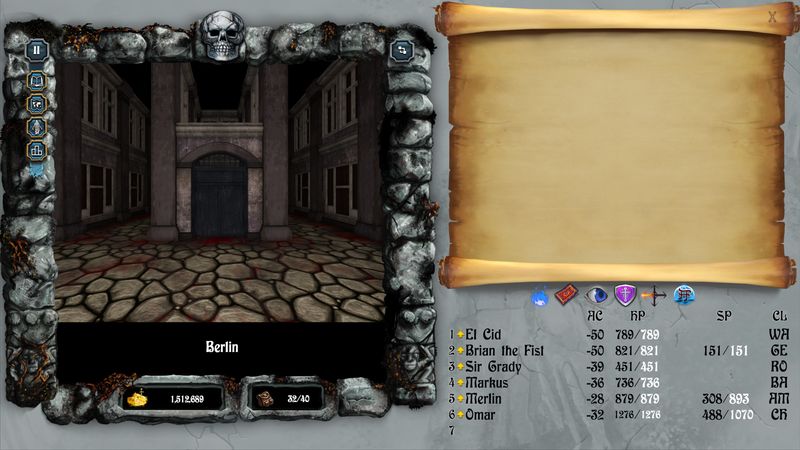
 On top of that, replay value is strong. Notably, I can hone my speedrun techniques on each playthrough. There are hidden secrets, achievements, and alternative party builds that invite multiple runs. The game’s length and layered content keep me coming back for more.
On top of that, replay value is strong. Notably, I can hone my speedrun techniques on each playthrough. There are hidden secrets, achievements, and alternative party builds that invite multiple runs. The game’s length and layered content keep me coming back for more.
 Absolutely. In fact, I spend extra hours gathering every collectible and completing all side quests. The uniform experience across three remastered titles means every detail matters. It inspires me to revisit the dungeons repeatedly.
Absolutely. In fact, I spend extra hours gathering every collectible and completing all side quests. The uniform experience across three remastered titles means every detail matters. It inspires me to revisit the dungeons repeatedly.
 The game offers adventure with every replay. Also, branching decisions and unlockable content encourage new exploration paths. I get a fresh experience each time I dive back into the world.
The game offers adventure with every replay. Also, branching decisions and unlockable content encourage new exploration paths. I get a fresh experience each time I dive back into the world.
 The replay value lies in its strategic depth. In addition, different character combinations and tactical choices let you explore new avenues each playthrough. I appreciate the design that supports varied approaches without losing essence.
The replay value lies in its strategic depth. In addition, different character combinations and tactical choices let you explore new avenues each playthrough. I appreciate the design that supports varied approaches without losing essence.
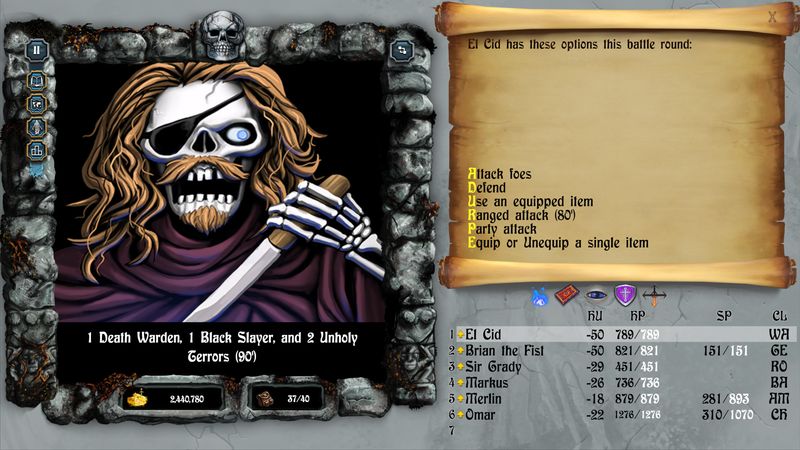
 All in all, The Bard’s Tale Trilogy stands out with its blend of classic charm and modern polish. Krome Studios and inXile Entertainment deliver a nostalgic yet fresh experience. It excels in gameplay, visuals, audio, and challenge balance. For similar experiences, I recommend Legend of Grimrock for its fast-paced dungeon exploration and polished puzzles. Ultima Underworld offers immersive environments and early 3D RPG mechanics. Darkest Dungeon brings a unique blend of strategy and gothic tension. Baldur’s Gate provides rich character development with epic storytelling. Each title offers a unique approach to classic RPG challenges and adventure.
All in all, The Bard’s Tale Trilogy stands out with its blend of classic charm and modern polish. Krome Studios and inXile Entertainment deliver a nostalgic yet fresh experience. It excels in gameplay, visuals, audio, and challenge balance. For similar experiences, I recommend Legend of Grimrock for its fast-paced dungeon exploration and polished puzzles. Ultima Underworld offers immersive environments and early 3D RPG mechanics. Darkest Dungeon brings a unique blend of strategy and gothic tension. Baldur’s Gate provides rich character development with epic storytelling. Each title offers a unique approach to classic RPG challenges and adventure.
 I second those titles. They all capture the spirit of early RPGs with modern enhancements. Enjoy discovering every hidden detail in them!
I second those titles. They all capture the spirit of early RPGs with modern enhancements. Enjoy discovering every hidden detail in them!
 Absolutely. These games share a balance of accessible play and deep exploration, keeping the genre vibrant.
Absolutely. These games share a balance of accessible play and deep exploration, keeping the genre vibrant.
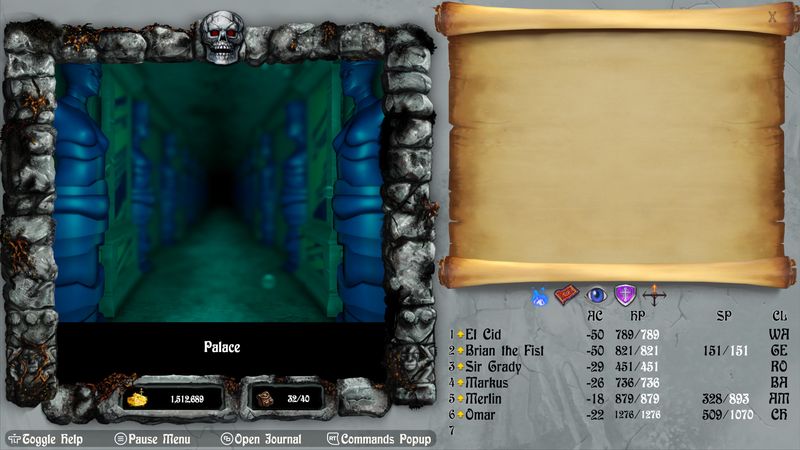
 I’m all in. The Bard’s Tale Trilogy challenge both your tactical skills and love for classic storytelling. Happy gaming, everyone!
I’m all in. The Bard’s Tale Trilogy challenge both your tactical skills and love for classic storytelling. Happy gaming, everyone!
